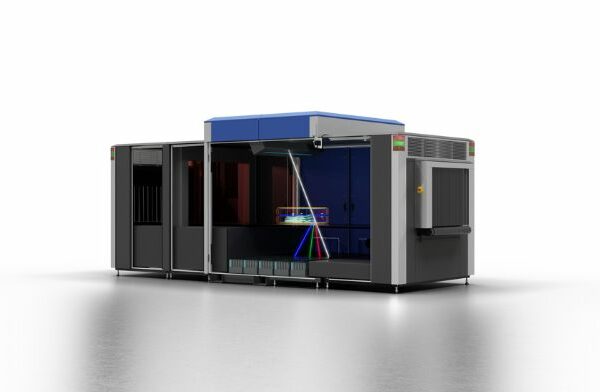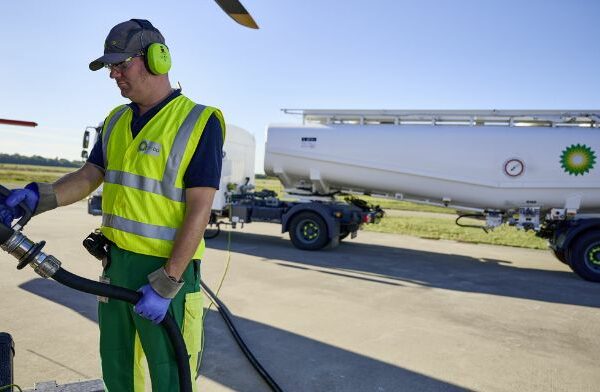Under Thailand’s Department of Airports’ four-year strategic plan, Krabi Airport is deploying SITA’s passenger processing technology at both its domestic and international terminals. Alongside AirportConnect Open, the global IT provider’s common-use passenger processing (CUPPS) platform, self-service check-in kiosks are also being installed.
Commenting on how this investment in SITA’s technology will benefit airlines and passengers operating from Krabi Airport, Attaporn Nuang-udom, the airport’s director, said: “This investment in common-use infrastructure provides greater flexibility to international airlines operating from Krabi Airport and optimises terminal facilities while improving the passenger experience at the airport. This strategic move is also aligned with our goal to uplift the image of the airport, upgrade its Airport Service Quality (ASQ) rating to international standards and keep abreast with new technology and future trends.”
Last year Krabi saw more than four million visitors from countries including China, Singapore, Malaysia, the UK, Russia and South Korea and over 30,000 flights departing from its airport. Its rise in popularity as a holiday hotspot has been attributed to Krabi’s idyllic location between the spectacular Andaman and Gulf of Thailand coasts and its abundance of natural resources and tourist attractions.
The project to contract the CUPPS service and maintenance at Krabi Airport is undertaken by Samart Comtech Co. Ltd in collaboration with SITA. “We are pleased to work with Krabi Airport and Samart Telcoms to bring the benefits of common-use technology, which will enhance the experience for both passengers and airlines,” said Sumesh Patel, SITA president, Asia Pacific.
“We look forward to continuing our strategic partnership to future-proof Krabi Airport, as it grows and expands to become a regional aviation centre over the next few years.”
Further development plans for Krabi Airport include the construction of Terminal 3 and the renovation of Terminals 1 and 2 to increase the capacity from 1,500 passengers per hour to 3,000 passengers per hour. Construction and expansion of aircraft parking bays to accommodate 40 aircraft at the same time are also in the pipeline.






